The Great Wall of China stands as one of the most remarkable feats of human engineering and perseverance. Stretching over 13,000 miles, this iconic structure was built to protect ancient Chinese states and empires from invasions and raids. Beyond its impressive length and height, the wall holds countless stories of the laborers, techniques, and materials used in its construction. In this article, we delve into the amazing details about the construction of the Great Wall of China, uncovering the secrets behind its enduring strength and historical significance.
Length and Span
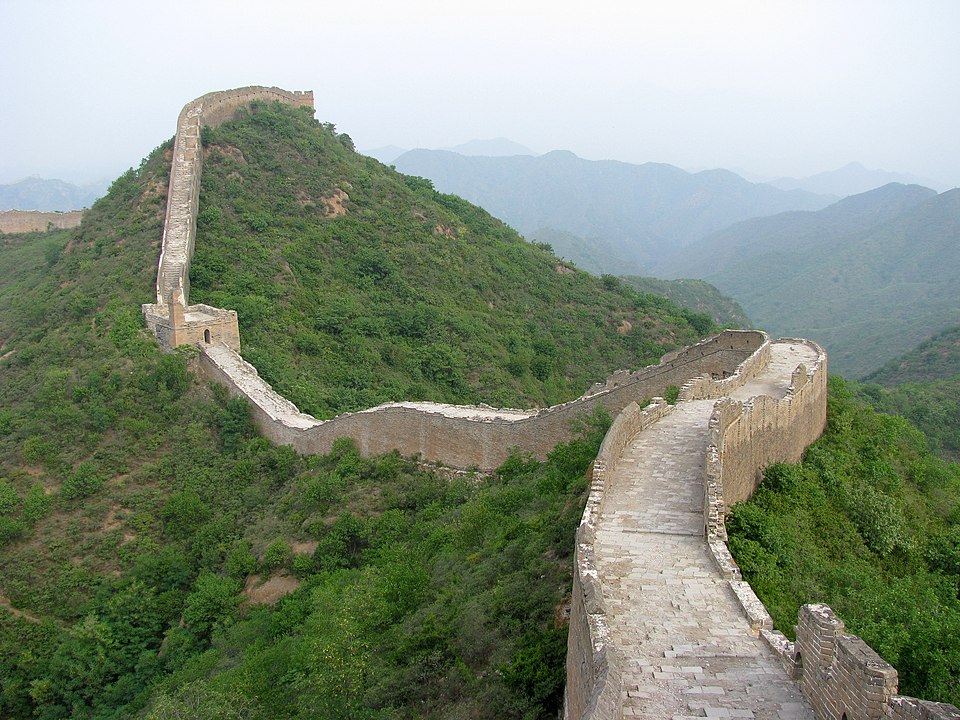
The Great Wall stretches over 13,000 miles across northern China, making it one of the longest structures ever built. Its length includes multiple walls, trenches, and natural barriers combined to create a formidable defense system.
Construction Period
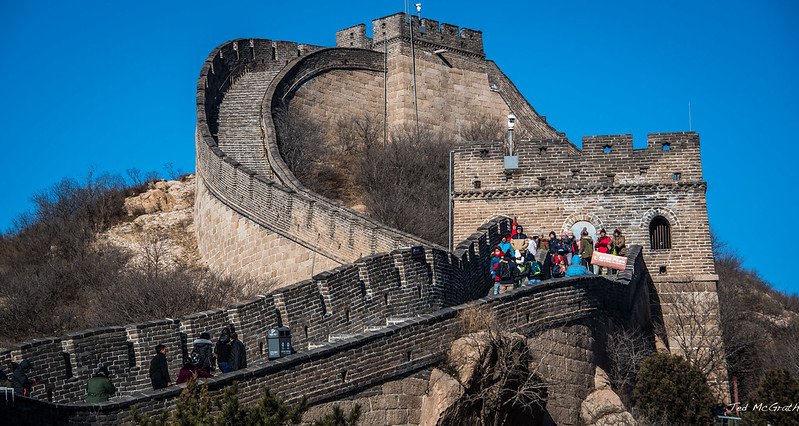
The construction of the Great Wall spanned several dynasties, with major building phases during the Qin (221-206 BC) and Ming (1368-1644 AD) dynasties. This extensive time frame reflects the evolving techniques and political motivations behind its creation.
Labor Force
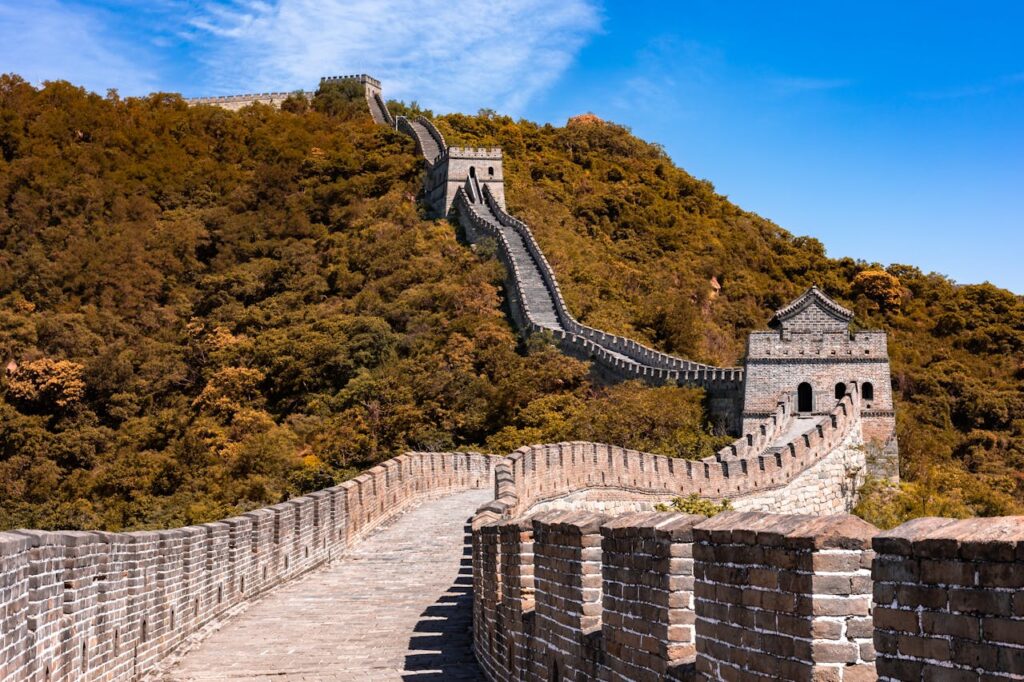
An estimated hundreds of thousands of laborers, including soldiers, peasants, and prisoners, were involved in its construction. The workforce endured harsh conditions, and many perished during the building process, earning the wall the nickname “the longest cemetery in the world.”
Materials Used
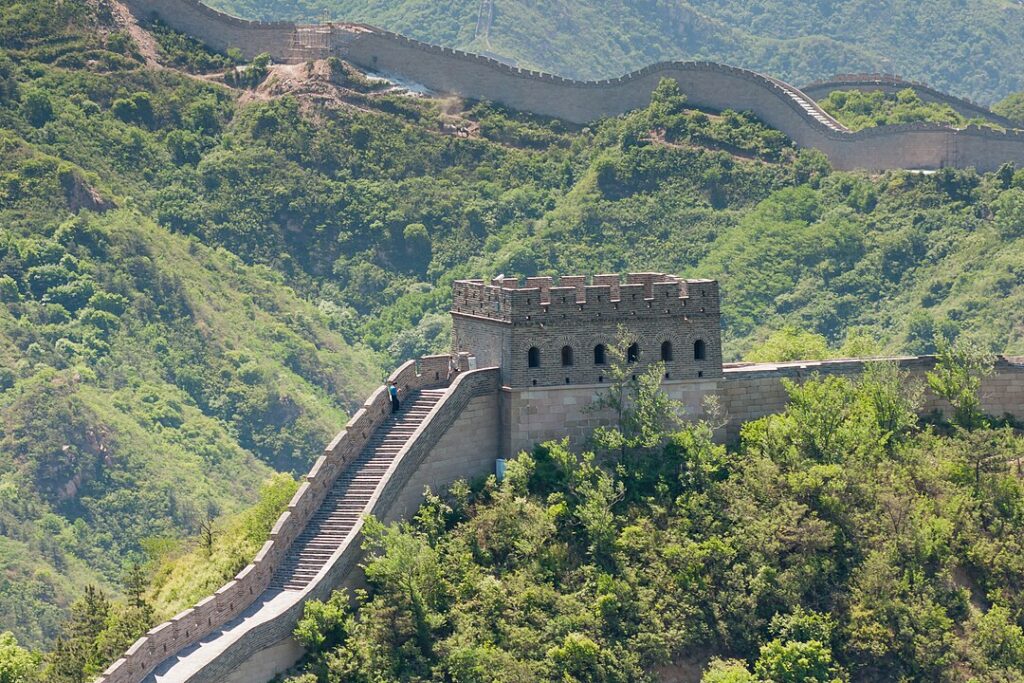
The materials used varied by region, including earth, wood, bricks, and stone. In mountainous areas, locally sourced stone was utilized, while in the plains, rammed earth and bricks were more common. This adaptability in materials showcases the ingenuity of ancient Chinese builders.
Architectural Features
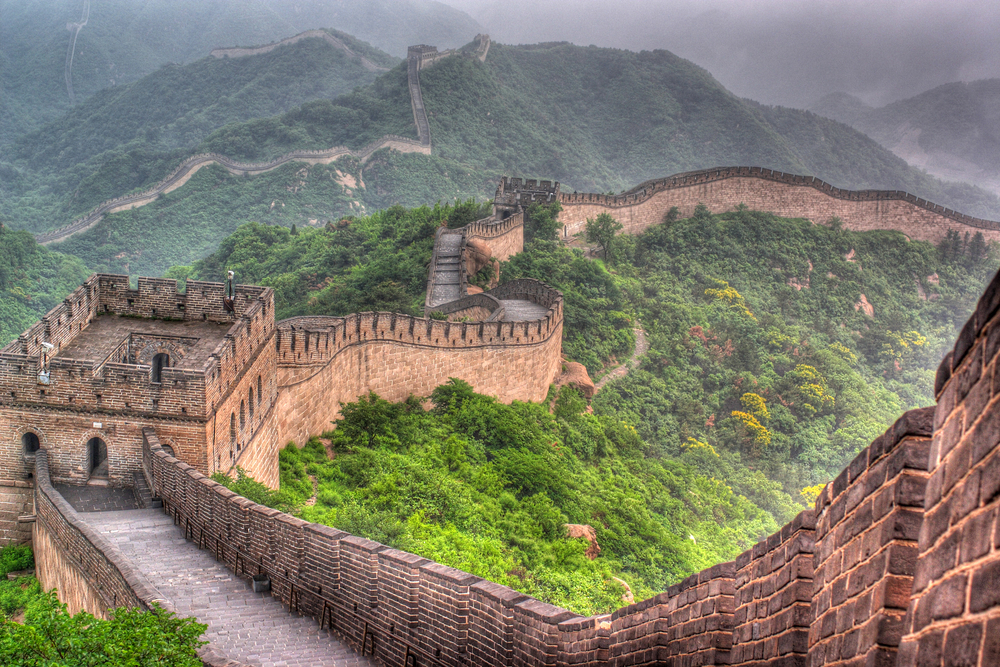
The wall features watchtowers, barracks, and signal stations at regular intervals. These structures were crucial for communication and defense, allowing soldiers to keep watch and relay messages quickly across vast distances.
Strategic Passes
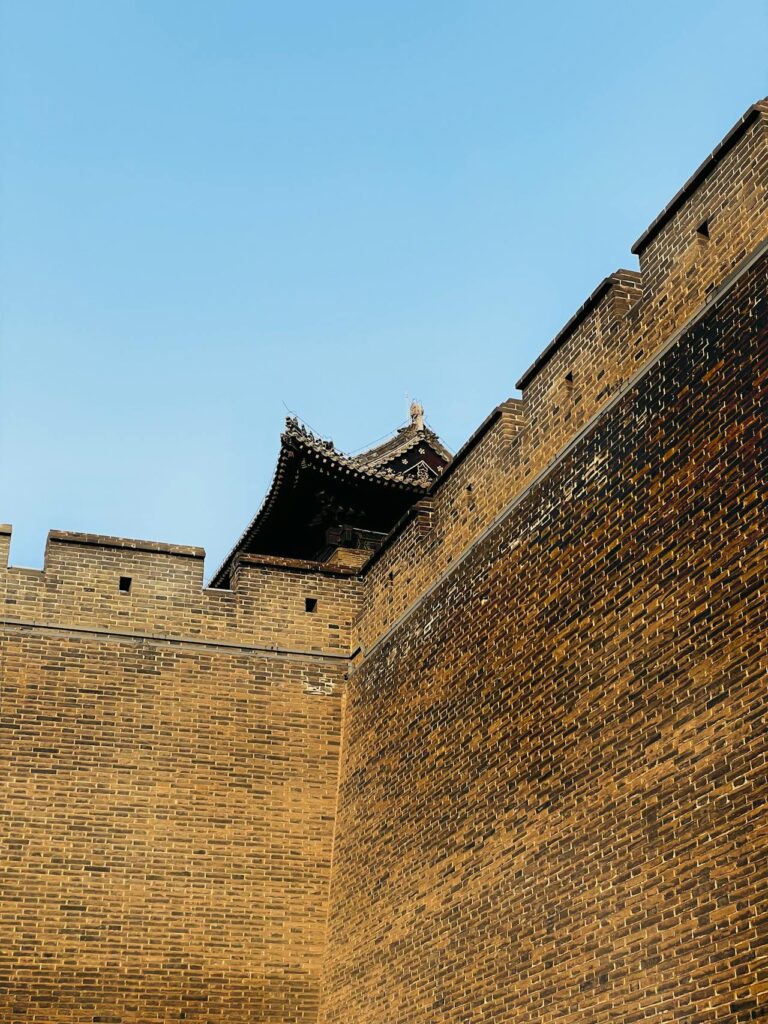
Key passes, such as Jiayuguan and Shanhaiguan, were heavily fortified and served as critical checkpoints. These passes were equipped with fortresses and garrisons, making them vital control points along the wall.
Watchtowers
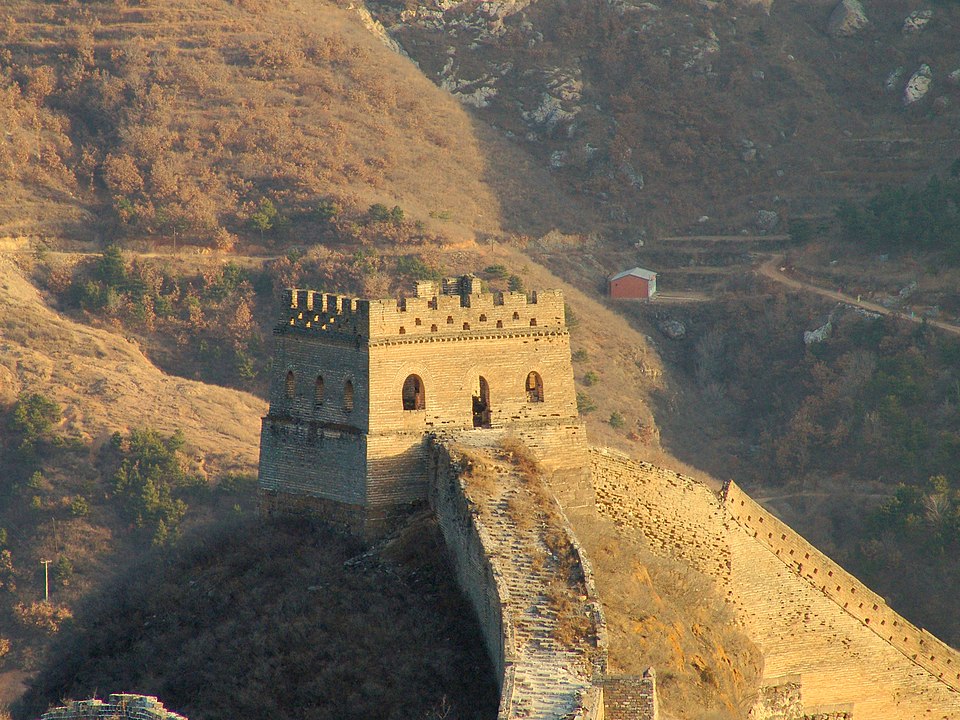
Watchtowers were built every few hundred meters along the wall. These towers provided vantage points for surveillance and were also used to store weapons and supplies, ensuring that defenders were well-prepared for any attack.
Signal Fires
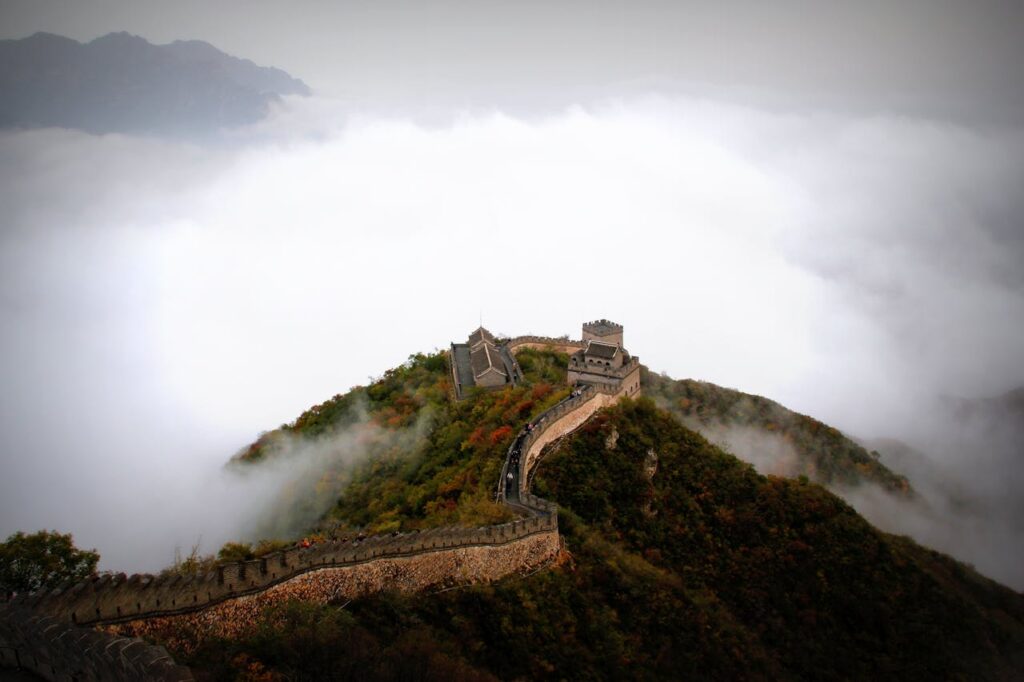
Signal fires were used for communication, with smoke signals by day and fire signals by night. This system allowed for rapid transmission of messages across great distances, enabling efficient coordination among the defenders.
Construction Techniques
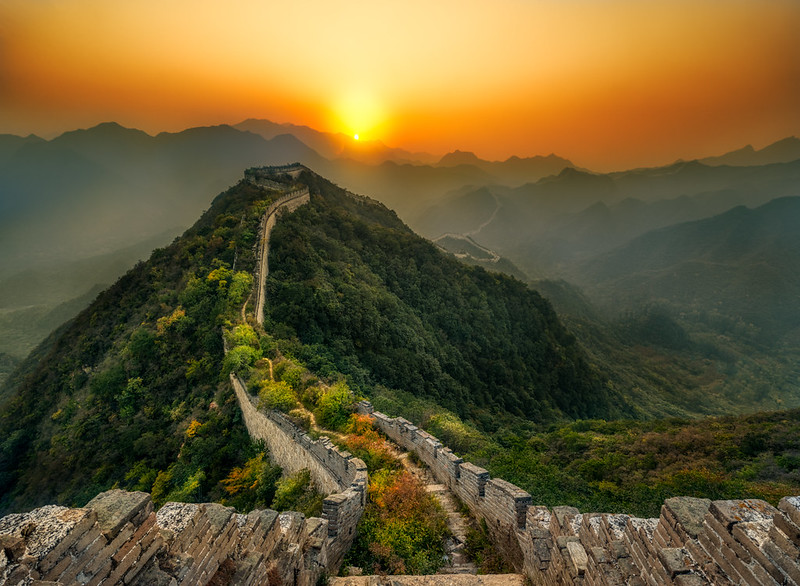
The construction methods included rammed earth, stone cutting, and brick laying. In the Qin dynasty, rammed earth walls were constructed by compacting layers of soil, while later dynasties improved the wall with bricks and stone.
Natural Barriers
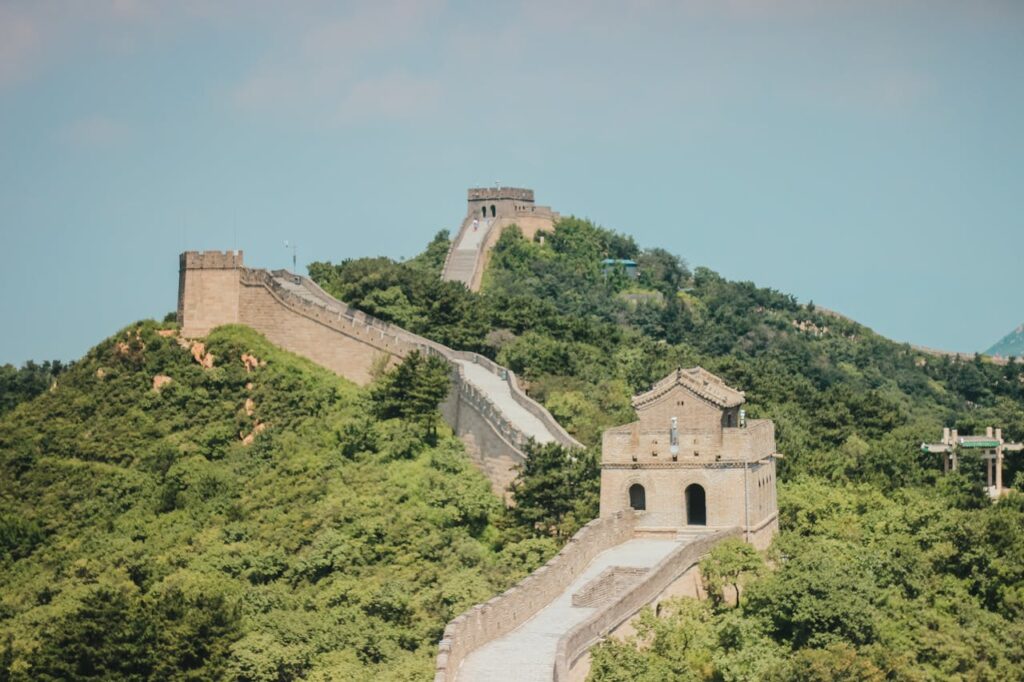
The Great Wall was strategically built to incorporate natural barriers such as rivers and mountains, enhancing its defensive capabilities. These natural features made the wall even more difficult for invaders to breach.
Defensive Features
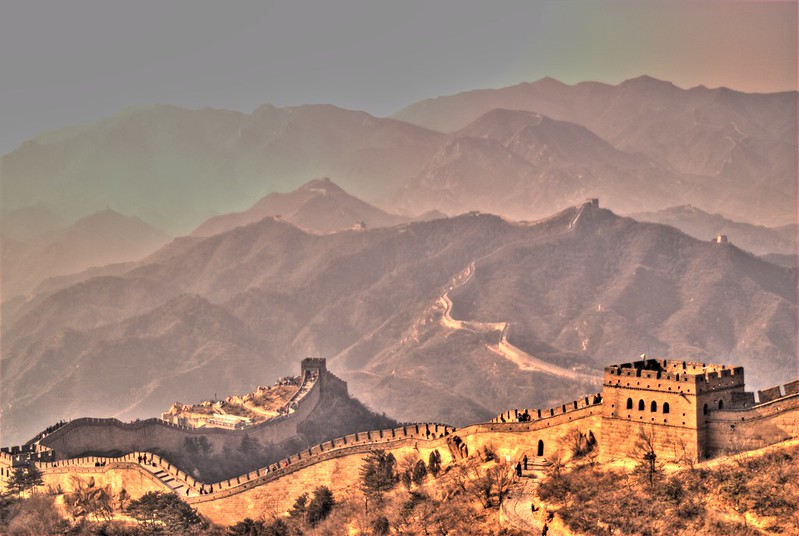
The wall’s design included battlements, parapets, and crenellations, providing soldiers with cover and vantage points for launching arrows and other projectiles. These defensive features were critical in repelling attacks.
Cultural Significance
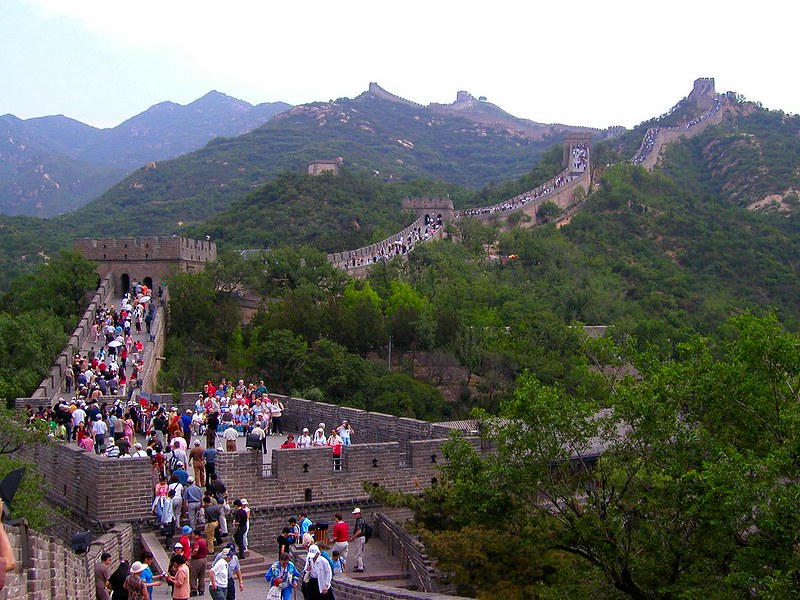
Beyond its military function, the Great Wall has significant cultural importance, symbolizing the strength and resilience of the Chinese civilization. It also reflects the architectural and engineering advancements of ancient China.
Engineering Marvel
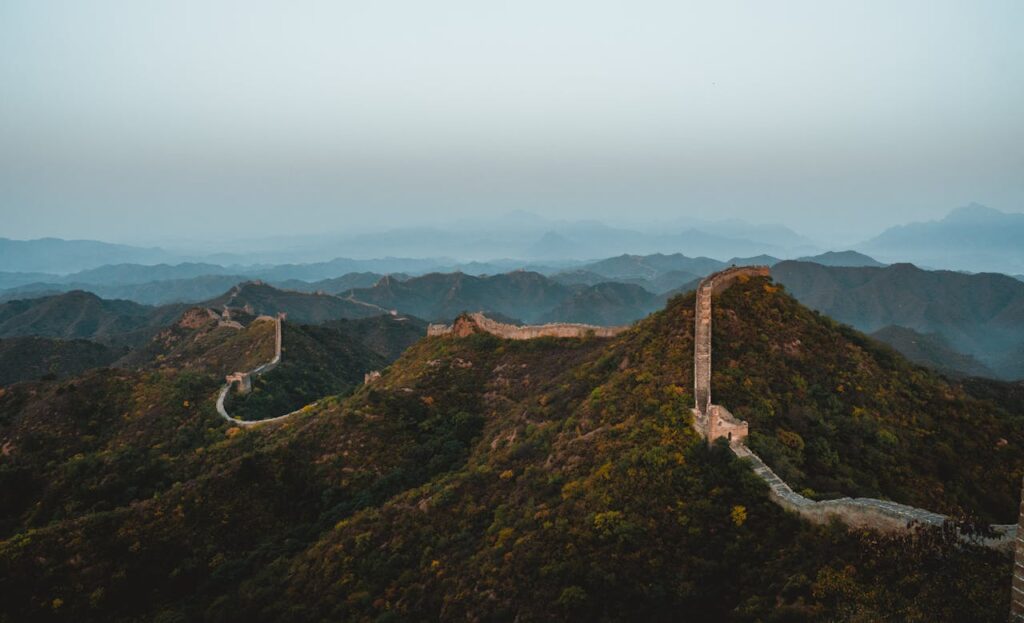
The construction of the Great Wall is considered an engineering marvel, especially given the limited technology available at the time. The builders had to overcome challenging terrain and logistics to complete this colossal project.
Restoration Efforts
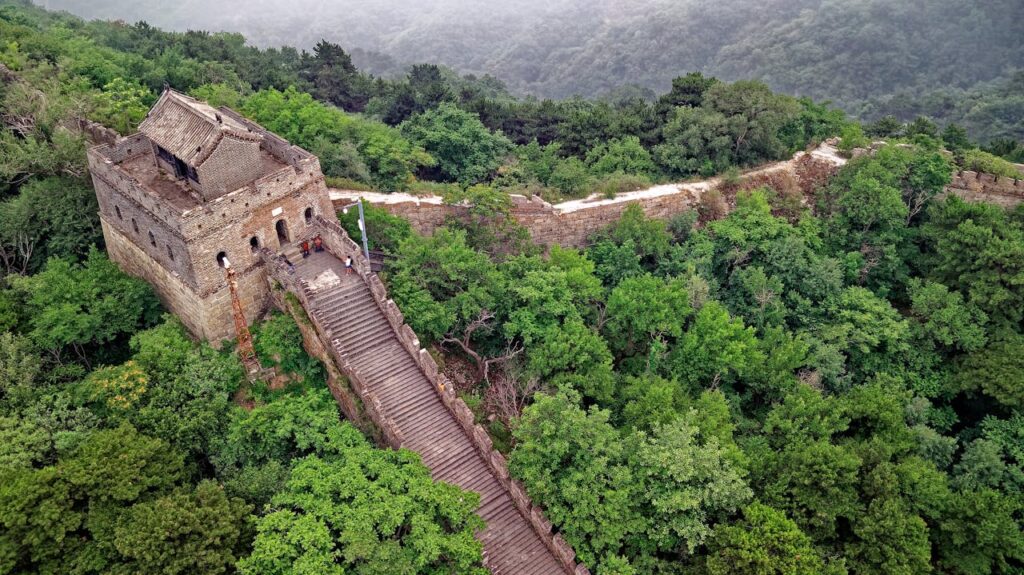
Various restoration efforts have been undertaken over the centuries to preserve the wall. During the Ming dynasty, extensive rebuilding projects reinforced the wall with bricks and stone, ensuring its longevity.
Tourism and Preservation
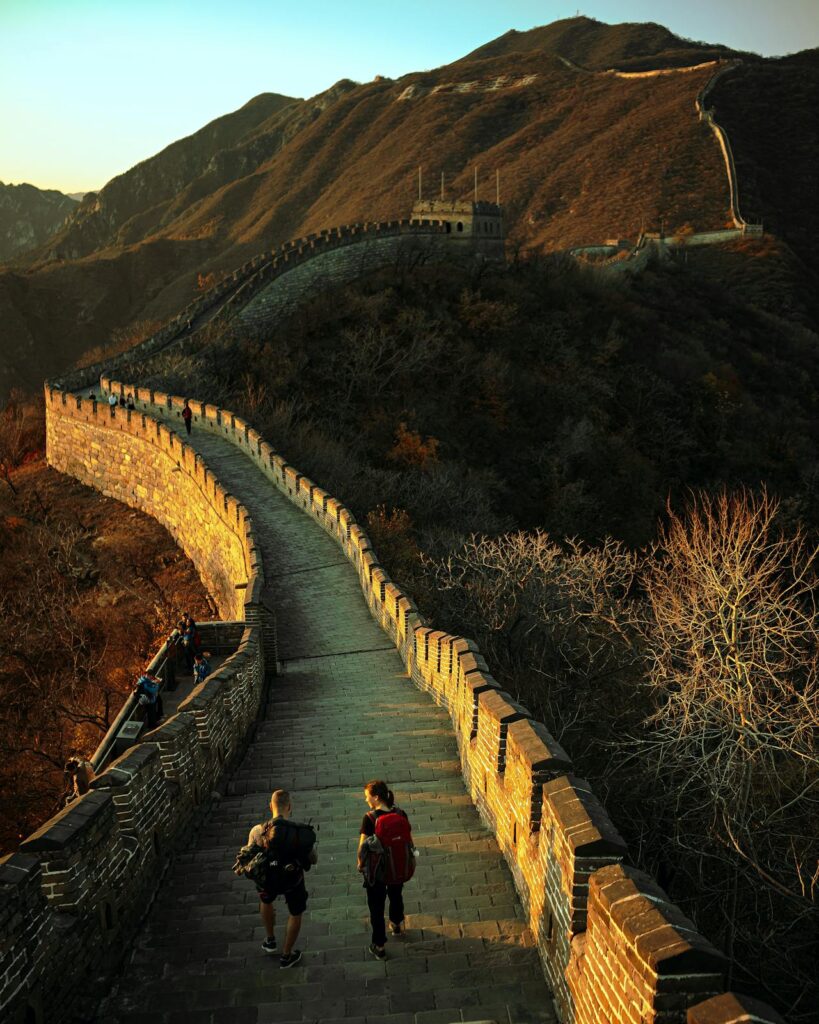
Today, the Great Wall is a UNESCO World Heritage site and a major tourist attraction. Preservation efforts continue to maintain its structural integrity and historical significance for future generations.
Cultural Influence
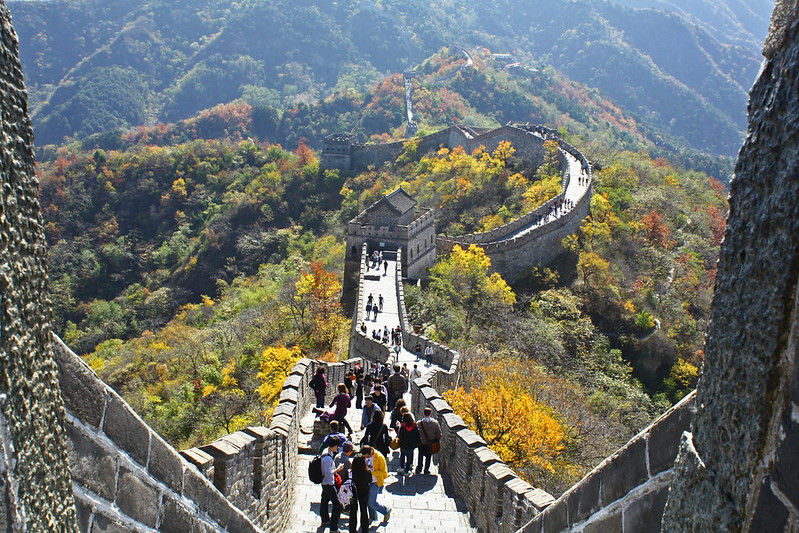
The Great Wall has inspired countless stories, legends, and cultural expressions. It has become a symbol of Chinese identity and a source of national pride.
Sections of the Wall
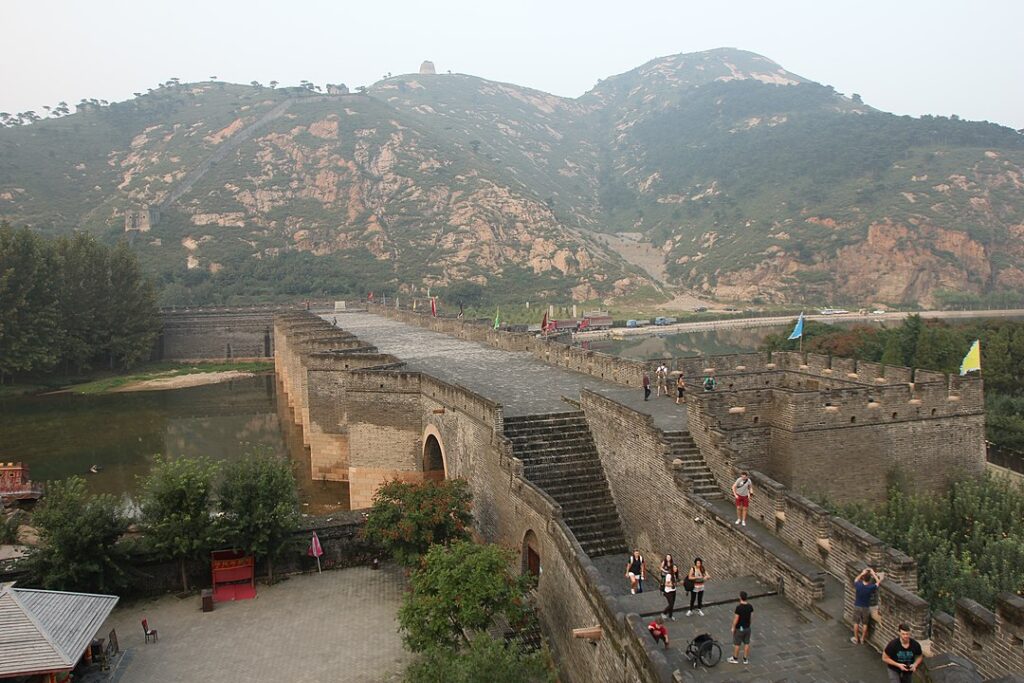
The wall consists of multiple sections, each with unique characteristics. The most famous sections, such as Badaling and Mutianyu, are well-preserved and easily accessible to tourists, offering a glimpse into the wall’s grandeur.
Economic Impact
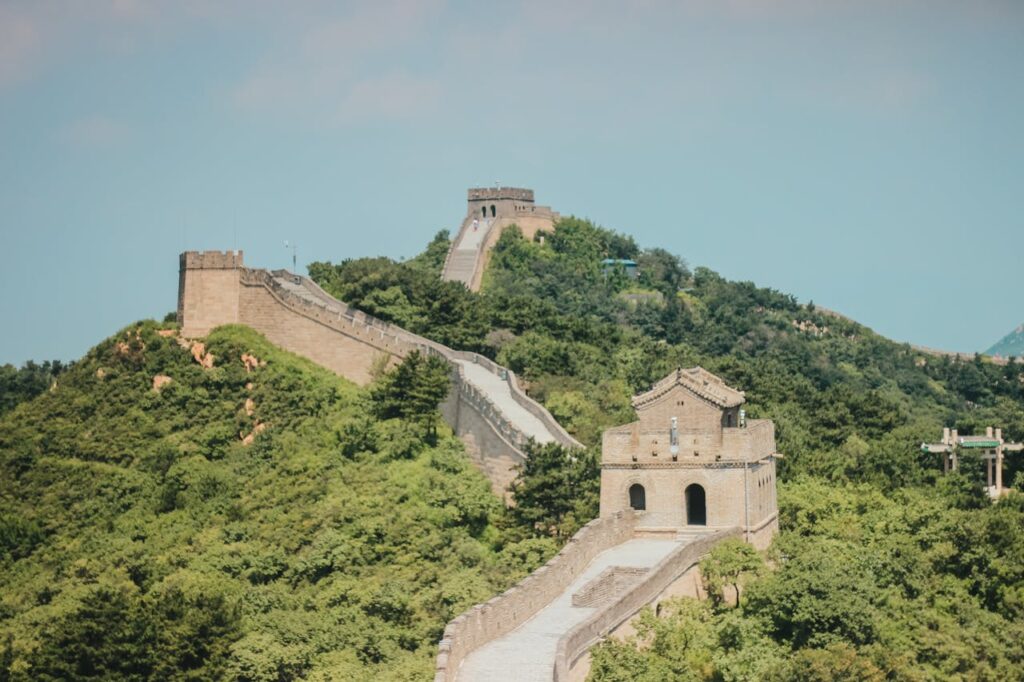
The construction of the wall had a significant economic impact, requiring vast resources and labor. It also stimulated the development of nearby areas, as trade routes and settlements emerged to support the construction effort.
Military Strategy
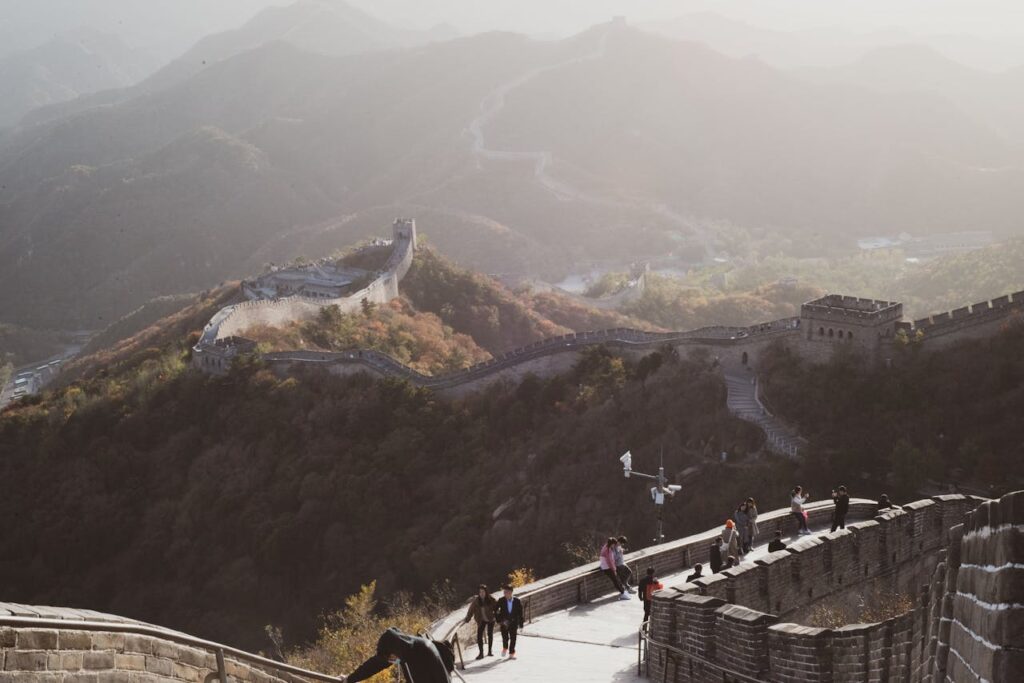
The wall’s design and placement were part of a broader military strategy to protect against invasions from northern tribes. It served as both a physical barrier and a psychological deterrent to potential invaders.
Erosion and Damage
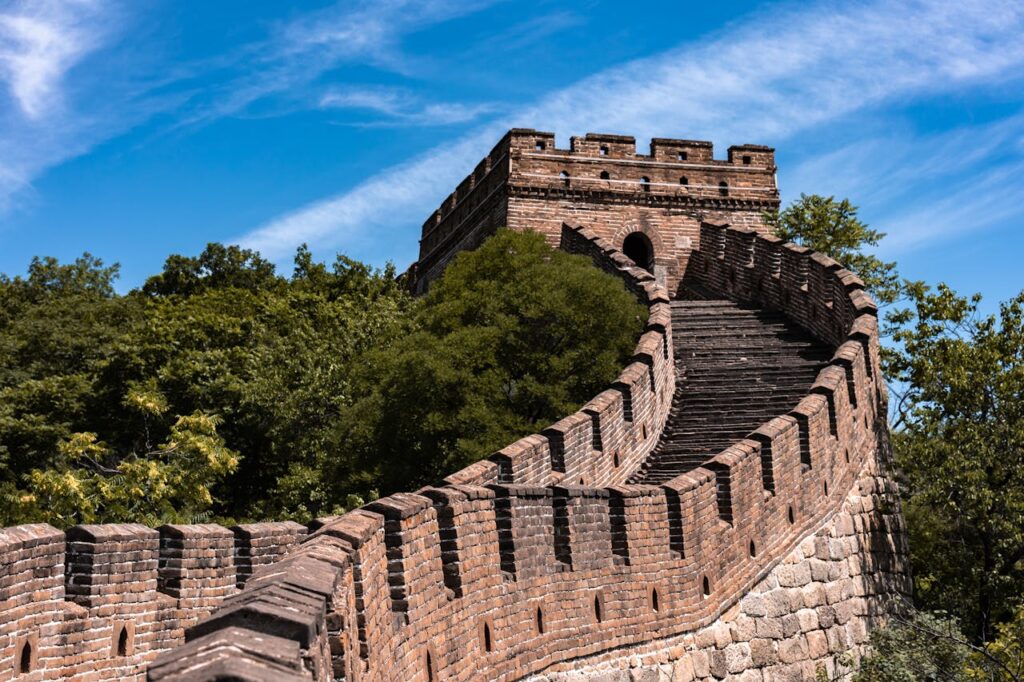
Over the centuries, sections of the Great Wall have suffered from erosion, natural disasters, and human activities. Conservation efforts are crucial to protect these historical structures from further damage.
Innovative Building Techniques
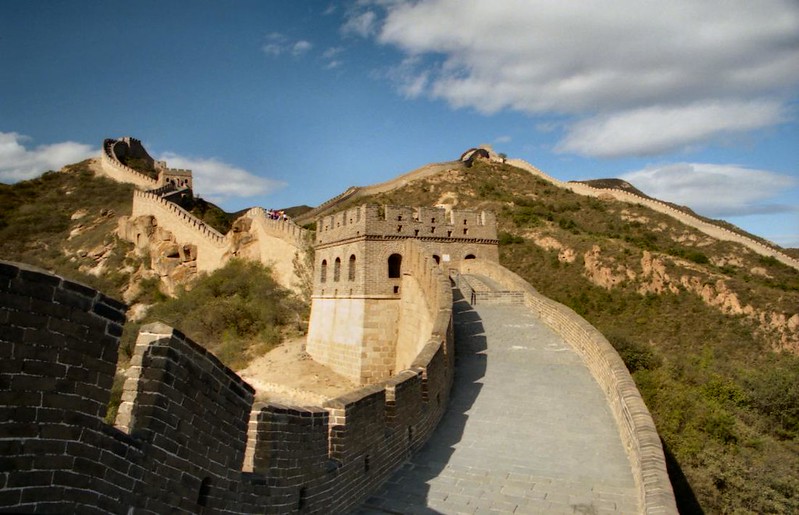
The builders employed innovative techniques, such as using lime mortar to bind bricks and stones, significantly enhancing the wall’s durability and stability.
Global Recognition
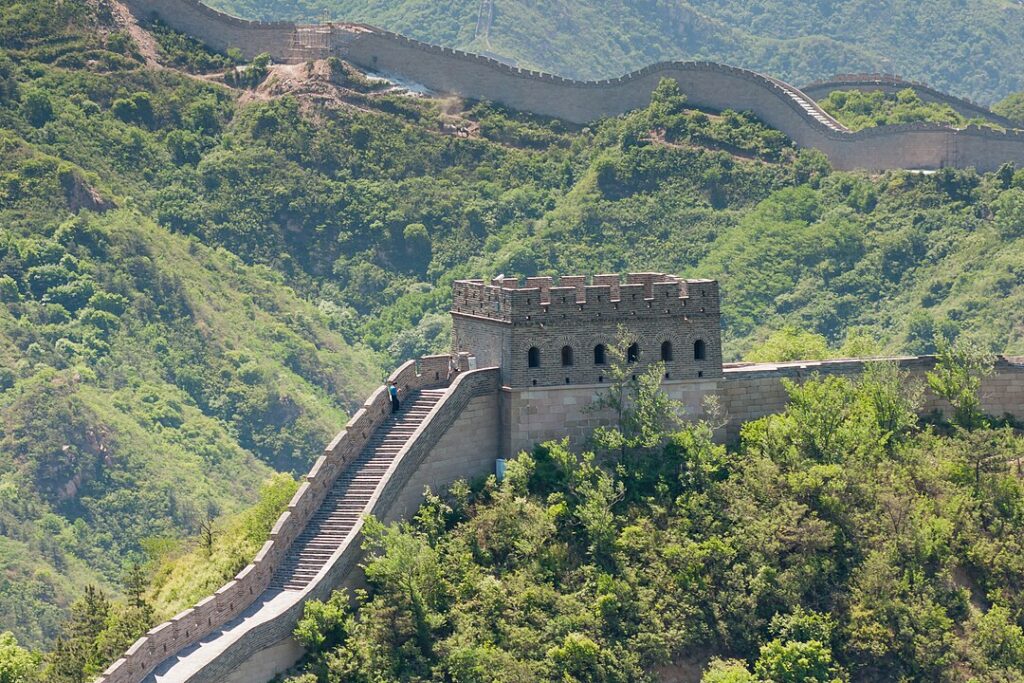
The Great Wall’s significance extends beyond China, as it is recognized globally as one of the greatest architectural achievements in human history. It stands as a testament to human ingenuity and determination, attracting millions of visitors from around the world each year.
This article originally appeared on UnifyCosmos.
More from UnifyCosmos
21 Hobbies Only the Rich Can Afford

Exploring unique hobbies often comes with a price tag, and some pastimes are exclusively reserved for the affluent. From collecting rare wines to indulging in private aviation, these pursuits offer a glimpse into a world where luxury meets leisure. Read more!
25 Most Common Dream Jobs, Ranked by Salary

Choosing a career often involves balancing passion with practicality, and salary considerations play a crucial role. Exploring dream jobs that offer both fulfillment and financial stability can provide valuable insights into career paths. Read more!
20 Common Cultural Mistakes to Avoid Abroad

In this article, we’ll explore some common cultural faux pas to steer clear of, ensuring your travels are smooth and enjoyable. Read more!
Leave a Reply